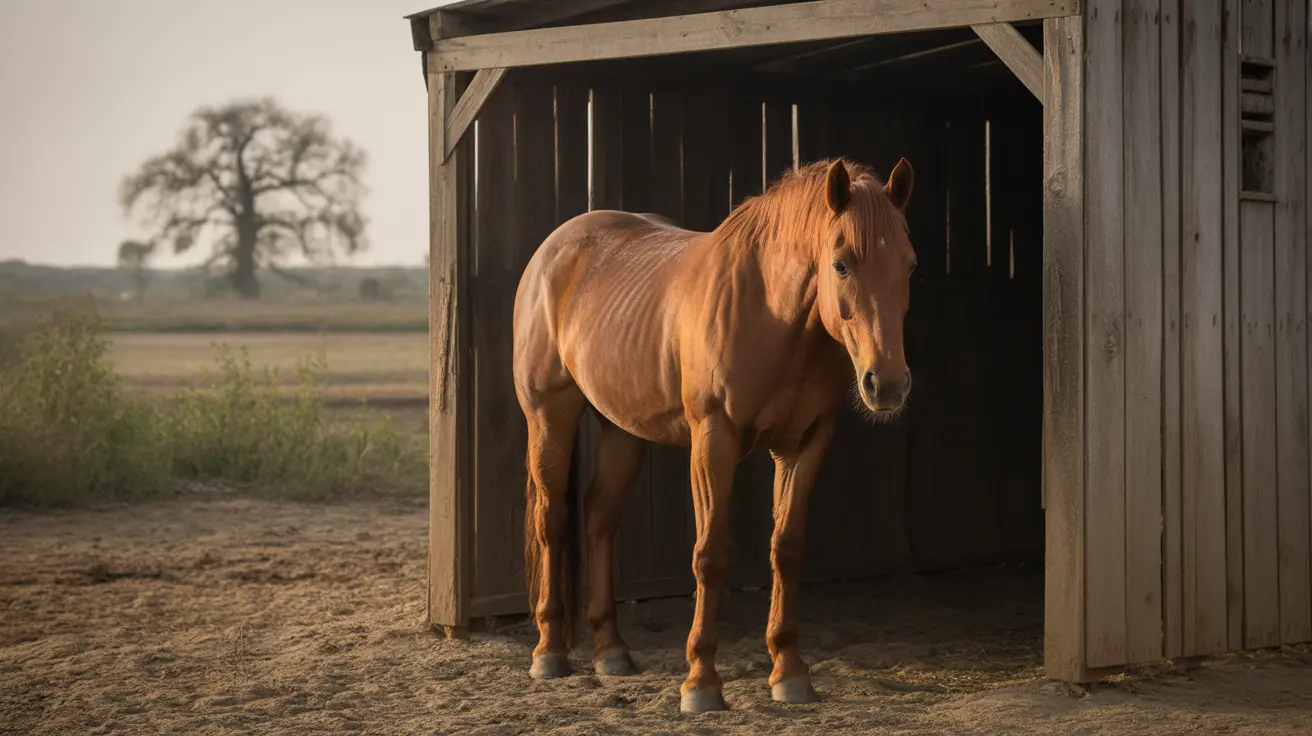Understanding Cherry Eye in Cane Corsos
Cherry eye occurs when the tear gland in a dog's third eyelid prolapses, creating a visible pink or red swelling in the inner corner of the eye. In Cane Corsos, this condition typically appears before two years of age and can affect either one or both eyes. The condition gets its name from the characteristic cherry-like appearance of the prolapsed gland.
Identifying Symptoms and Early Warning Signs
The most obvious sign of cherry eye is a round, reddish mass protruding from the inner corner of your Cane Corso's eye. Other symptoms may include:
- Increased eye discharge
- Redness and swelling around the eye
- Pawing or rubbing at the affected eye
- Changes in tear production
- Visible discomfort or irritation
Treatment Options for Cherry Eye
Conservative Management
While some cases might initially be managed with medications and eye drops, this approach rarely provides a permanent solution for Cane Corsos. Conservative treatment typically includes:
- Anti-inflammatory eye drops
- Artificial tears
- Gentle massage (under veterinary guidance)
- Antibiotics if secondary infection is present
Surgical Correction
Surgery is the most effective treatment for cherry eye in Cane Corsos. The two main surgical approaches are:
- Pocket Technique: Creating a pocket in the conjunctival tissue to secure the gland
- Tacking Method: Anchoring the gland to surrounding tissue
Success rates for surgical correction are high when performed by experienced veterinarians, with most dogs recovering fully within a few weeks.
Post-Treatment Care and Recovery
Proper post-operative care is crucial for successful recovery. This includes:
- Administering prescribed medications
- Using an Elizabethan collar to prevent scratching
- Keeping the eye area clean
- Attending all follow-up appointments
- Monitoring for signs of recurrence
Frequently Asked Questions
What causes cherry eye in Cane Corsos and how can I recognize it early?
Cherry eye in Cane Corsos is primarily caused by genetic weakness in the connective tissue that holds the third eyelid gland in place. Early signs include a pink or red mass in the corner of the eye, which may appear suddenly or develop gradually.
How is cherry eye treated in Cane Corsos—can it be managed without surgery?
While conservative management with medications is possible, surgery is typically the most effective and recommended treatment. Non-surgical methods rarely provide permanent resolution and may lead to complications if used long-term.
What are the risks of leaving my Cane Corso's cherry eye untreated?
Untreated cherry eye can lead to serious complications including chronic dry eye, corneal ulcers, infections, and potential vision problems. The exposed gland may become irritated, infected, or permanently damaged.
What surgical options exist to fix cherry eye in Cane Corsos and how successful are they?
The main surgical options are the pocket technique and tacking method, both of which preserve the tear gland. Success rates are generally high (90% or better) when performed by experienced veterinary surgeons.
How can I care for my Cane Corso after cherry eye surgery to prevent recurrence or complications?
Post-surgical care includes using prescribed medications, keeping the eye clean, preventing self-trauma with an E-collar, and following all veterinary instructions. Regular check-ups help ensure proper healing and catch any potential issues early.
Preventive Measures and Long-term Outlook
While cherry eye cannot be prevented in predisposed breeds like the Cane Corso, early intervention and proper treatment lead to excellent outcomes. Regular eye examinations and prompt attention to any unusual symptoms can help maintain your dog's ocular health and prevent serious complications.






